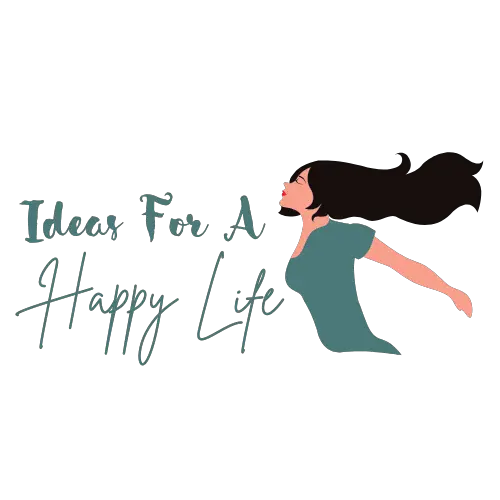
Step Up Your Style: DIY Flooring Ideas That Make a Statement
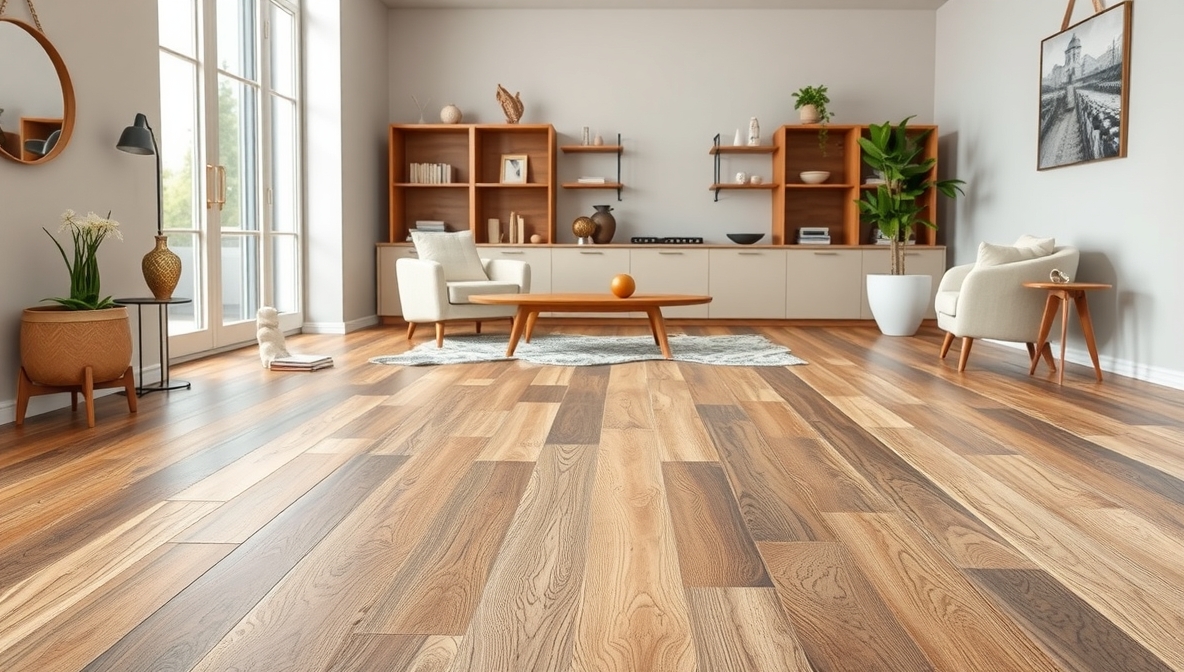
Floors tell stories long before furniture enters the room. They set the mood, reflect personality, and define how a space feels beneath your feet. Instead of settling for generic store-bought solutions, many homeowners now craft custom looks using creativity and simple materials. A bold floor upgrade doesn’t require a big budget or professional help—just the right idea and a little elbow grease.
Patterned plywood, painted concrete, and peel-and-stick tiles offer endless potential without the mess or commitment of traditional options. Even outdated vinyl or tired hardwood can gain new life with just a weekend of effort. Reclaimed wood from pallets or old barns brings charm and history into modern homes, while stenciled designs or geometric tape art create eye-catching finishes in high-traffic areas.
People often underestimate how much a unique floor can elevate a room. A clever DIY solution delivers both satisfaction and savings. The best part? Every floor you design becomes one-of-a-kind. Whether the goal is rustic, minimalist, or colorful and eclectic, the right project waits just beneath your feet. Dive into the ideas ahead and let your floors speak louder than words
DIY Flooring Ideas
Updating your floors doesn’t always mean spending a lot of money or hiring professionals. You can refresh any room with simple and budget-friendly do-it-yourself projects. Many flooring options are easy to install with basic tools and a bit of time. Whether you like modern, rustic, or colorful styles, you can find something that fits your taste. Try one of these creative flooring ideas and enjoy the new look.
1. Peel and Stick Vinyl Tiles
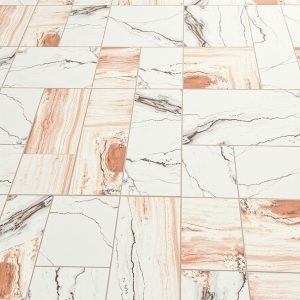
Peel and stick vinyl tiles work well for quick updates. They come in many colors and patterns. You can create a stone, wood, or ceramic look without much effort. All you need is a clean surface. No glue. No nails. Just peel the back and press it on.
These tiles are great for small spaces like bathrooms or kitchens. They are water-resistant and easy to clean. You can trim them with a utility knife. Even beginners can do it.
2. Painted Plywood Floors
Raw plywood is cheap and easy to find. You can use it as flooring with some simple steps. Sand it smooth, prime it, then paint with floor paint. Choose colors that match your room. Solid colors or patterns both work.
This idea adds charm and character. You can seal the floor with a water-based polyurethane to protect the paint. It is affordable and looks unique.
3. Laminate Flooring Installation
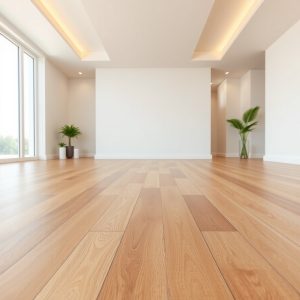
Laminate flooring clicks together. No need for nails or glue. Many designs look like hardwood. But the price is much lower.
Lay down an underlayment to reduce noise. Then click each board into place. It works well in living rooms and bedrooms. It is durable and easy to clean.
4. Stained Concrete Floors
Concrete floors don’t need to look dull. You can stain them to add color and style. First, clean the floor. Then apply the stain with a roller or sprayer. Wait for it to dry and then seal it.
Stained concrete looks modern. You can pick from many stain colors. Browns, grays, and deep reds are popular. It works best in basements or garages.
5. Reclaimed Wood Planks
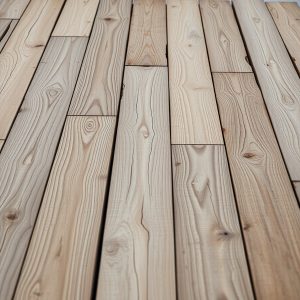
Old wood has a special look. You can find reclaimed wood from barns, pallets, or old furniture. Clean and sand the boards. Then lay them down like hardwood.
This flooring adds a warm, rustic feel. Each board has its own story. Nail or glue the planks to the subfloor. Seal them for long-lasting use.
6. Cork Flooring
Cork flooring feels soft under your feet. It also absorbs sound. You can buy cork planks or tiles that snap together. Some types also peel and stick.
Cork is eco-friendly and warm. It fits well in bedrooms or home offices. You will need to seal it to protect against moisture. It comes in light and dark shades.
7. Carpet Tiles

Carpet tiles are easy to install. They come in square pieces. Just peel off the back and press them to the floor. You can mix colors or patterns.
If one tile gets dirty, just replace it. Carpet tiles feel soft and warm. They are perfect for kids’ rooms or playrooms. You don’t need special tools.
8. Painted Concrete Slabs
If you already have concrete floors, paint can give them new life. Clean and seal any cracks first. Use special floor paint for best results.
Pick light colors to make rooms look bigger. Dark shades add depth. Use a roller to apply paint. Add a sealant when dry. This option works well for garages or porches.
9. Bamboo Flooring
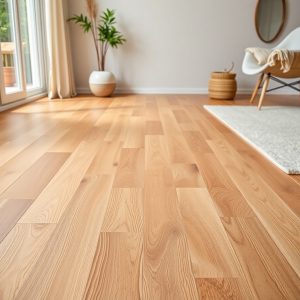
Bamboo planks snap together like laminate. They are harder than some hardwoods. Bamboo grows fast, so it is a good green option.
The floor looks clean and modern. You can install it in almost any room. Make sure the floor is level before you start. Bamboo needs time to adjust to your home before laying it down.
10. Sheet Vinyl Flooring
Sheet vinyl comes in large rolls. You cut it to fit the room. It resists water and stains. Perfect for bathrooms, kitchens, and laundry rooms.
Glue it down or leave it floating. You can pick from many patterns. Wood grain, tile, or stone designs. Clean-up is easy with just a mop.
FAQs
What is the easiest DIY flooring to install?
Peel and stick vinyl tiles are very easy. You only need a clean floor and a utility knife.
Can I install flooring over old tiles?
Yes. Many types like vinyl and laminate work well over old tiles.
What flooring is best for a budget?
Painted plywood or carpet tiles cost less and still look nice.
Which flooring lasts the longest?
Bamboo and laminate flooring are very durable and last for years.
Can I do these flooring ideas without experience?
Yes. Most of these are simple enough for beginners.
Conclusion
You don’t need to spend a lot to change your floors. Many DIY options are cheap and easy. From painted concrete to peel and stick tiles, there are choices for every room. Use the right materials and follow the steps. Soon your floors will look fresh and new. Try one idea and see how much your space can change.
